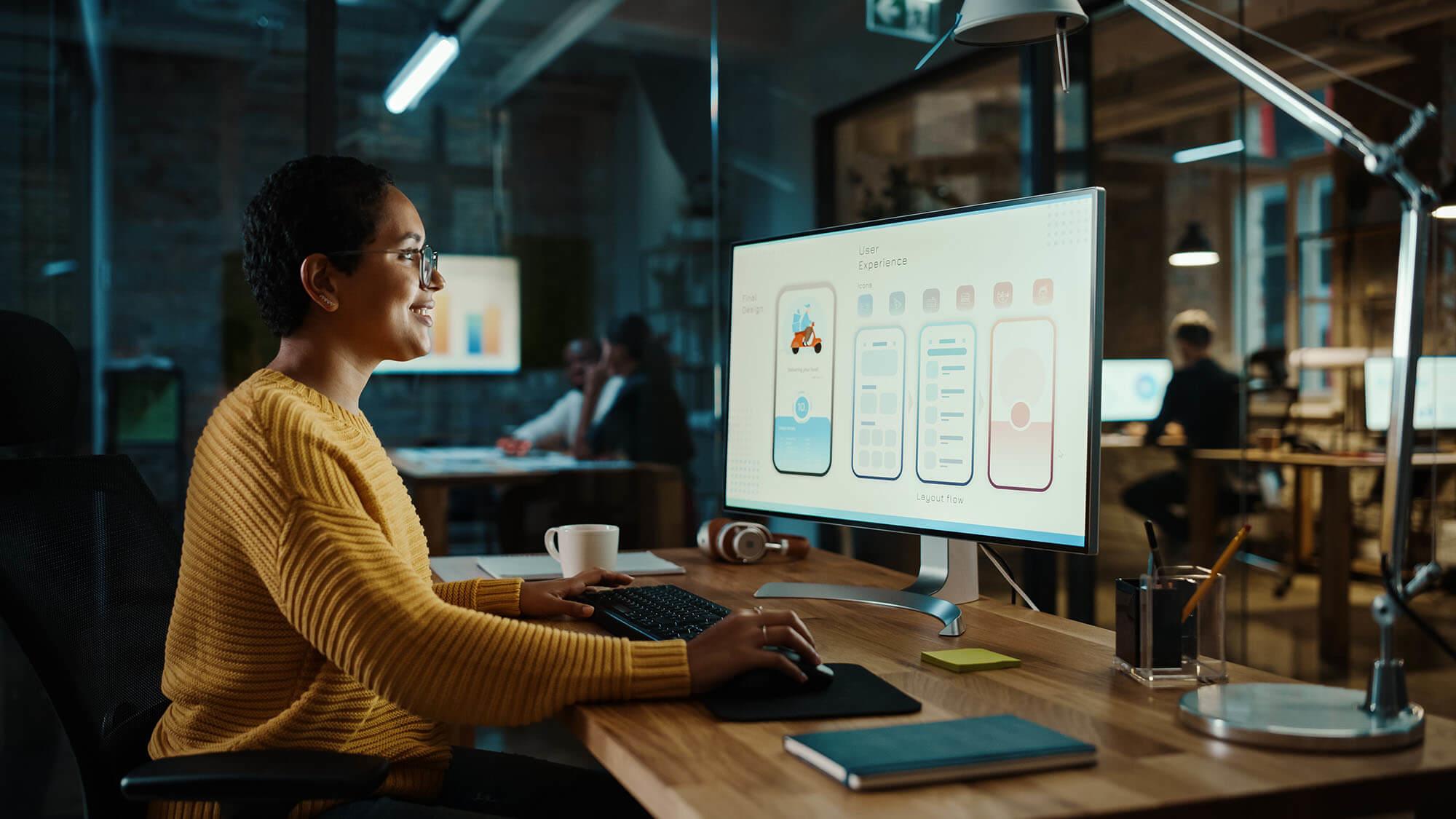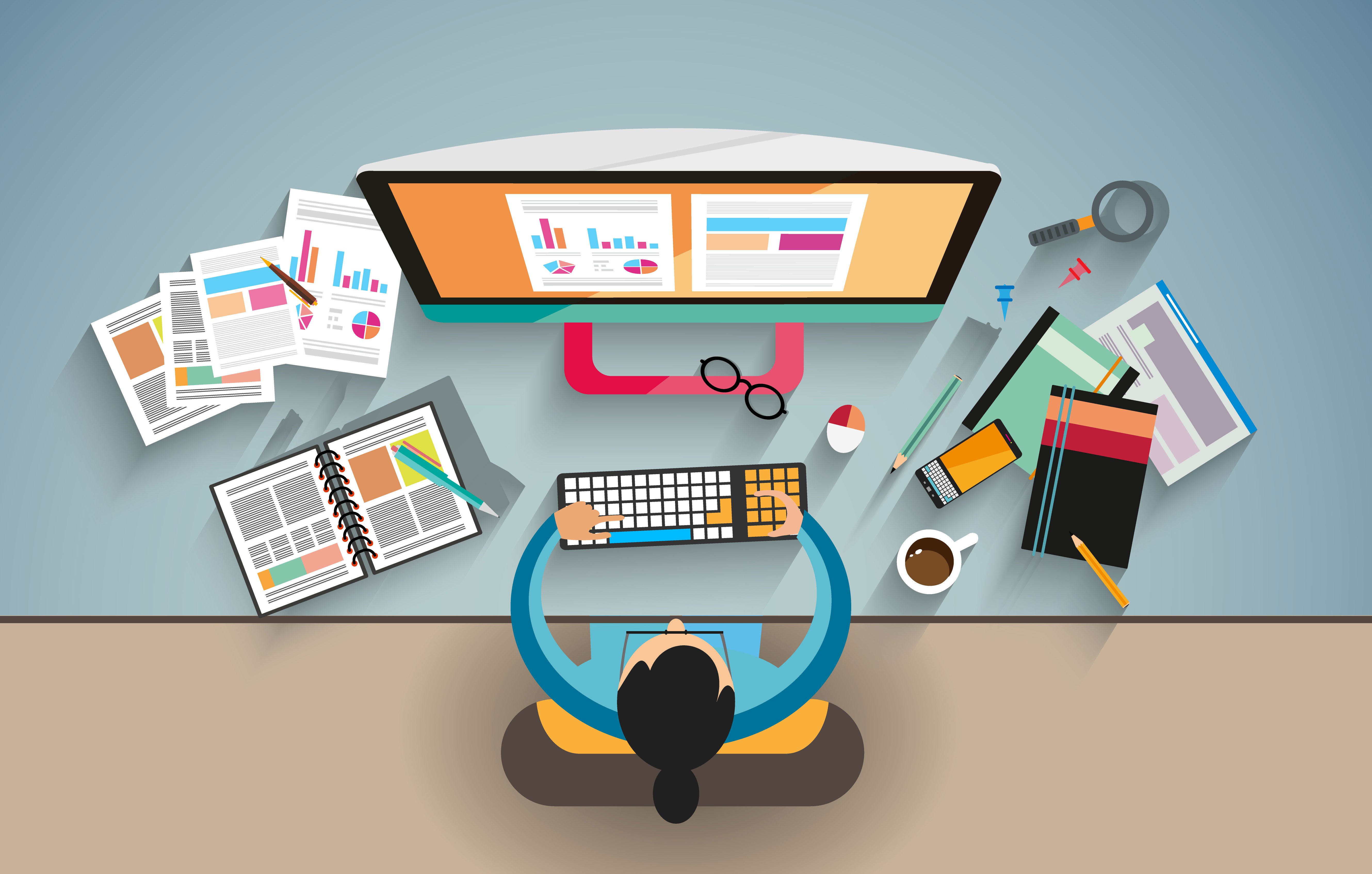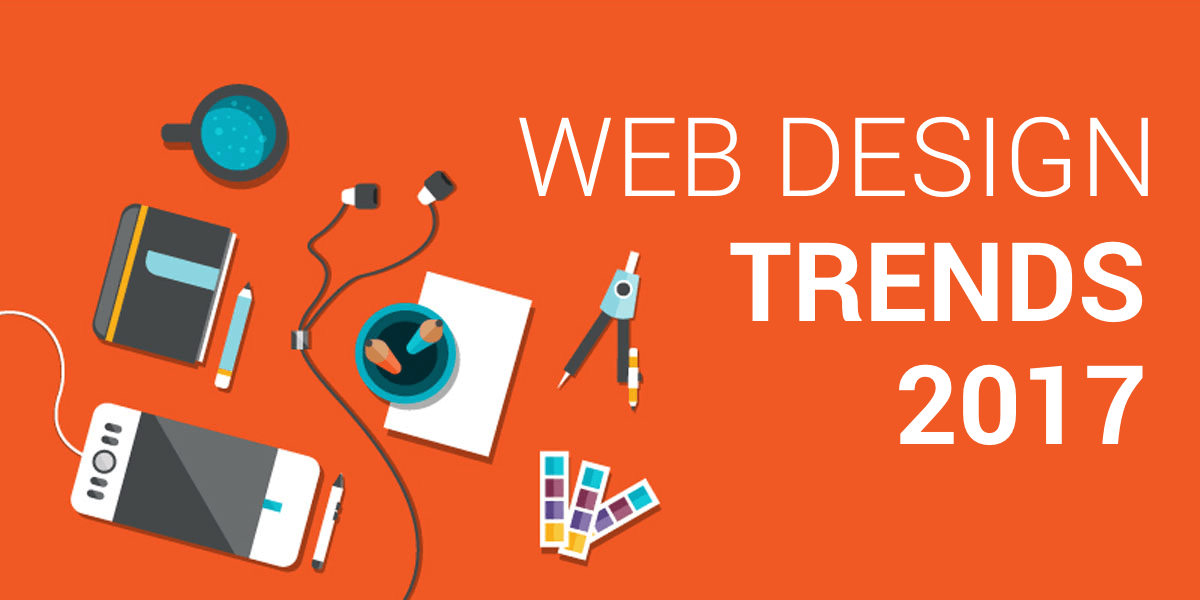The Very Best Kinds Of Website Design to Enhance Individual Experience and Engagement
In the ever-evolving landscape of digital communication, the performance of Web design substantially influences customer experience and involvement. Various design techniques, such as minimal, responsive, and interactive formats, each deal one-of-a-kind benefits that can provide to varied individual requirements.
Minimalist Web Design
As digital landscapes become increasingly cluttered, minimalist website design has actually become an effective strategy to boosting customer experience. This layout philosophy prioritizes simplicity, concentrating on necessary elements while removing unneeded diversions. By making use of sufficient white area, uncomplicated navigating, and a restricted shade palette, minimalist layout promotes clearness and guides user focus to crucial material.
The core principle of minimal Web design is to develop a smooth interaction for customers. By minimizing cognitive tons, users can promptly comprehend information without really feeling overwhelmed. This straight technique not only boosts functionality yet also encourages involvement, as visitors are more probable to explore a site that is easy and aesthetically appealing to navigate.
In addition, minimal design frequently stresses typography and imagery, using these components tactically to convey messages successfully. This concentrate on necessary components can enhance brand name identity and create a remarkable user experience. Essentially, minimalist website design is not just a fad; it is a thoughtful approach that acknowledges the value of user-centered design. By removing additional components, designers can produce a more appealing, reliable, and pleasurable Web experience for all customers.
Receptive Website Design
In today's diverse digital environment, responsive website design has ended up being crucial for creating a seamless user experience across a wide range of gadgets. As individuals gain access to web sites on mobile phones, desktop computers, tablet computers, and laptop computers, the ability of a website to adapt its format and web content to various screen sizes and resolutions is essential.
Responsive Web layout uses versatile grids, pictures, and CSS media queries to ensure that Web material is presented optimally, no matter of the tool made use of. This technique not only enhances the aesthetic charm of a site but also dramatically boosts functionality. Users are extra most likely to engage with a website that uses a constant experience, as it eliminates the stress of needing to zoom in or scroll exceedingly.
Additionally, online search engine, including Google, focus on mobile-friendly sites in search positions. By embracing responsive style, companies can boost their presence and get to a broader target market. This technique additionally simplifies website upkeep, as a single version of the website can deal with all tools, decreasing the demand for several variations. In summary, receptive website design is a fundamental method that boosts individual experience, involvement, and general contentment.
Interactive Website Design
Receptive Web layout lays the foundation for boosting individual experience, yet interactive website design takes this a step additionally by involving users in a much more vibrant way - Aligned Position Web Design. By including elements such as animations, clickable models, and real-time responses, interactive website design mesmerizes individuals, attracting them into a richer surfing experience
This strategy not just cultivates engagement but also motivates individuals to check out material proactively as opposed to passively eating it. Strategies such as gamification, where customers make benefits for finishing jobs, can significantly enhance the time spent on a site and improve overall complete satisfaction. Moreover, interactive attributes can streamline complicated info, making it a lot more satisfying and absorbable.

Incorporating interactive style components can also result in greater conversion rates, as individuals are more probable to engage with a website that proactively involves them. Aligned Position Web Design. Eventually, interactive Web design transforms individual experiences right into memorable journeys, making sure that site visitors return time after time
Apartment Layout
Identified by its minimalistic approach, flat style stresses simpleness and functionality, stripping away unnecessary elements and focusing on vital functions. This style approach prioritizes functionality, making sure that individuals can navigate interfaces with ease and efficiency. By employing a clean aesthetic, level layout my latest blog post removes the mess commonly located in extra luxuriant styles, thus enhancing user emphasis on web content and capability.
The trademark of flat design depends on its usage of strong colors, simple typography, and geometric forms. These components add to an aesthetically enticing interface that is both modern and approachable. Furthermore, flat design fosters a feeling of quality, enabling individuals to discern vital actions and details without distraction.
In addition, level style is specifically reliable in responsive Web style, as its simpleness converts well across various tools and display sizes. The lack of detailed textures and slopes reduces loading times, which is crucial for maintaining user engagement. As digital landscapes proceed to advance, flat style remains a relevant option for creating straightforward sites that enhance total experience. By concentrating on crucial attributes, level design not just you can try these out meets user demands yet likewise motivates smooth interaction, making it an essential part of reliable Web design strategies.
Adaptive Website Design
Adaptive Web layout customizes the customer experience by developing numerous fixed layouts tailored to different screen sizes and devices. Unlike receptive design, which fluidly adjusts a solitary layout, flexible design employs distinctive formats for details breakpoints, guaranteeing optimal presentation on numerous platforms. This technique permits developers to concentrate on the special features of each tool, enhancing use by delivering specifically what users need based on their context.
Among the key advantages of adaptive Web layout is its ability to optimize load times and performance. By serving customized material and images that fit the user's tool, internet sites can minimize data usage and enhance loading rates. This is particularly beneficial for individuals with slower Web Site links or minimal information strategies.

Furthermore, flexible style helps with a much more controlled and consistent branding experience. Because designers create numerous formats, they can ensure that the aesthetic elements align with the brand's identification across various systems - Aligned Position Web Design. This causes a natural customer experience, boosting involvement and promoting individual retention
Final Thought
Finally, the integration of minimalist, responsive, and interactive website design concepts significantly enhances user experience and engagement. Minimalist design cultivates clearness and focus, while receptive layout ensures flexibility throughout numerous tools, promoting ease of access. Interactive layout mesmerizes users through dynamic aspects, motivating expedition and personalization. Jointly, these style approaches add to the production of straightforward atmospheres that not just enhance fulfillment however additionally drive higher conversion rates, underscoring their crucial significance in modern Web layout strategies.

Minimal design promotes clarity and focus, while receptive layout makes sure versatility throughout numerous devices, advertising accessibility. Jointly, these style comes close to contribute to the development of straightforward atmospheres that not only enhance satisfaction yet additionally drive higher conversion rates, highlighting their critical significance in contemporary Web layout techniques.